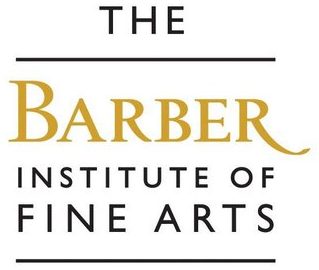Arab-Byzantine
Arab-Byzantine Coins In AD 622 the Prophet Muhammad led a community from the city of Mecca in the Arabian Peninsula to the city of Medina. This date has come to form the beginning of the Muslim calendar as it represents the first founding of a community based on belief in Muhammad’s teachings and the revelation … Read more
